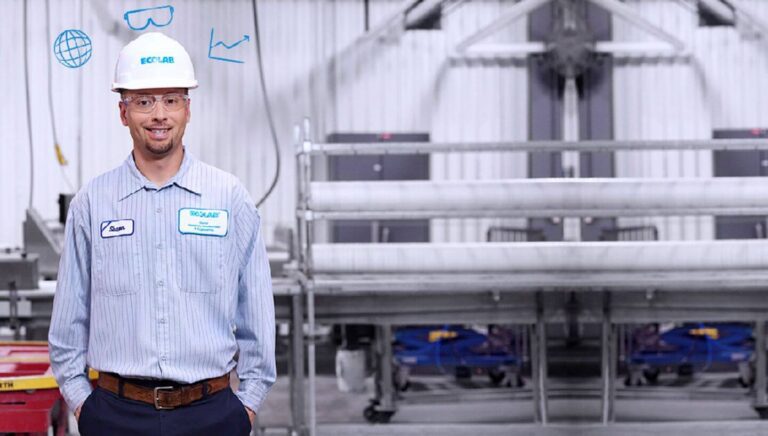When introducing a new piece of tech, your employees have no choice if you make the new technology mandatory. However, you leave room for workarounds or the option to go back to the old tech or processes.
Why? Because without buy-in, users are less likely to want to learn the new tech.
To truly drive change and hone the behaviors you need for your culture to drive business success, shift to generating demand.
User buy-In increases adoption rates
If you're going to invest in new technology, your work culture needs to support the change.
According to Symphony Talent's research, socializing, creating anticipation, and earning buy-in were cited as the most critical success factors for successful adoption.
As a result, we've determined you must employ an experiential lens to "how" to drive change. In other words you must create an experience.
Tips on how to drive adoption
Quick links to other tech adoption articles:
- Is Your Recruitment Marketing Tech Being Adopted?
- 82% of Companies Struggle With This
- 3 Steps to Drive Behavior Change and Adoption of New Technology
- The Power of Recruitment Marketing KPIs for Tech Adoption
- Recruitment Marketing Analytics Should Tell a Story: Tips To Get Your Data Talking
Lean into Your Brand Power
There's great power in branding your initiative. Leverage your employer brand to drive awareness and socialization of the new technology across your organization.
Branding can be as simple as a name and a vision statement. It validates your effort and promises consistency. And, a name injects emotion and an element of fun into the change experience, something that people can rally around.
Employer branding
Another simple way to brand your initiative is to use your employer brand, colors and create an icon. At Symphony Talent, we use a magenta light bulb icon to represent our "Educate & Empower" transformation initiative.
Advertise the what's in it for me?
Branding and socializing require you to show the "what's in it for me?" Just like a well-orchestrated marketing campaign, leverage an omnichannel strategy to socialize the technology and generate demand.
Your audience groups are your key stakeholders, your leadership team, influencers, end-users, and your greater organization. Each of these audiences needs personalized messages with information that is relevant to them.
This is not about the volume of communication but rather about being strategic with your communication designed to generate demand (to influence and drive change). Constantly test, evaluate, and optimize. If one form of communication isn't working, be agile to try another method so that the information reaches your target audiences and is absorbed.




